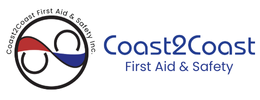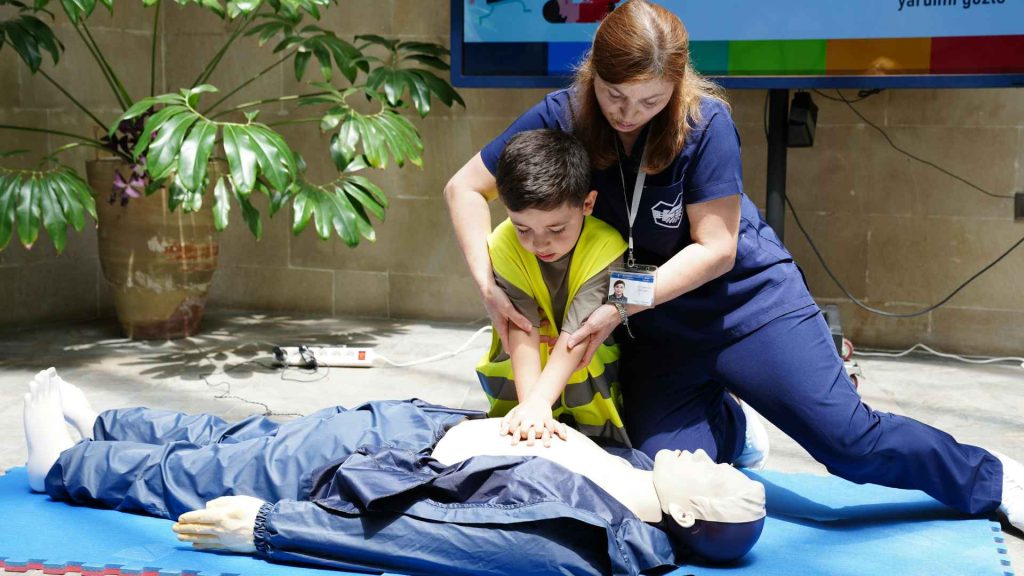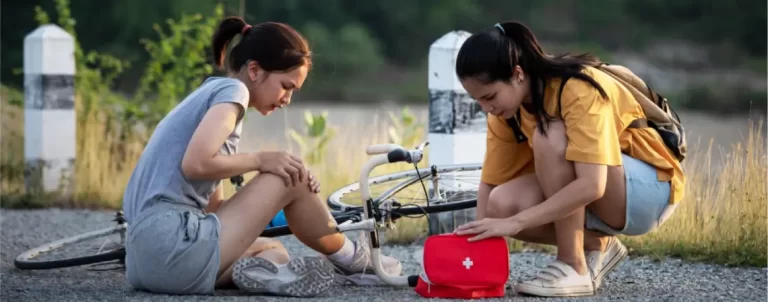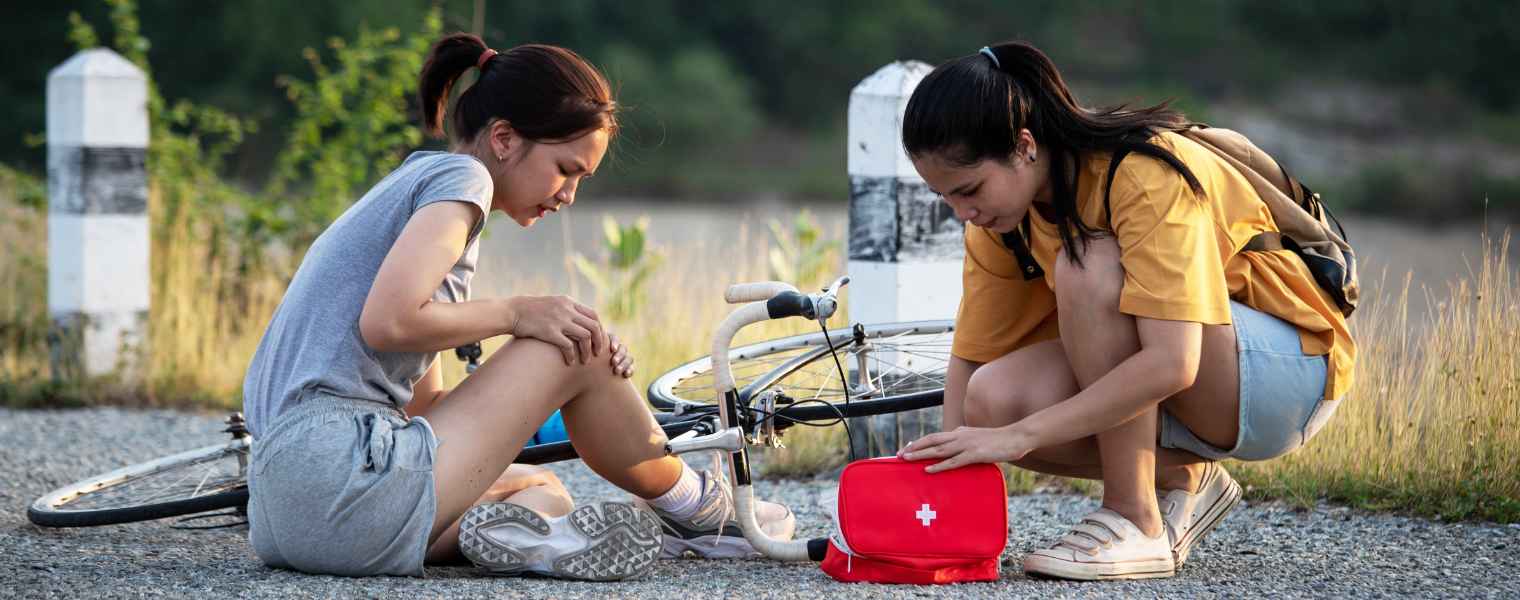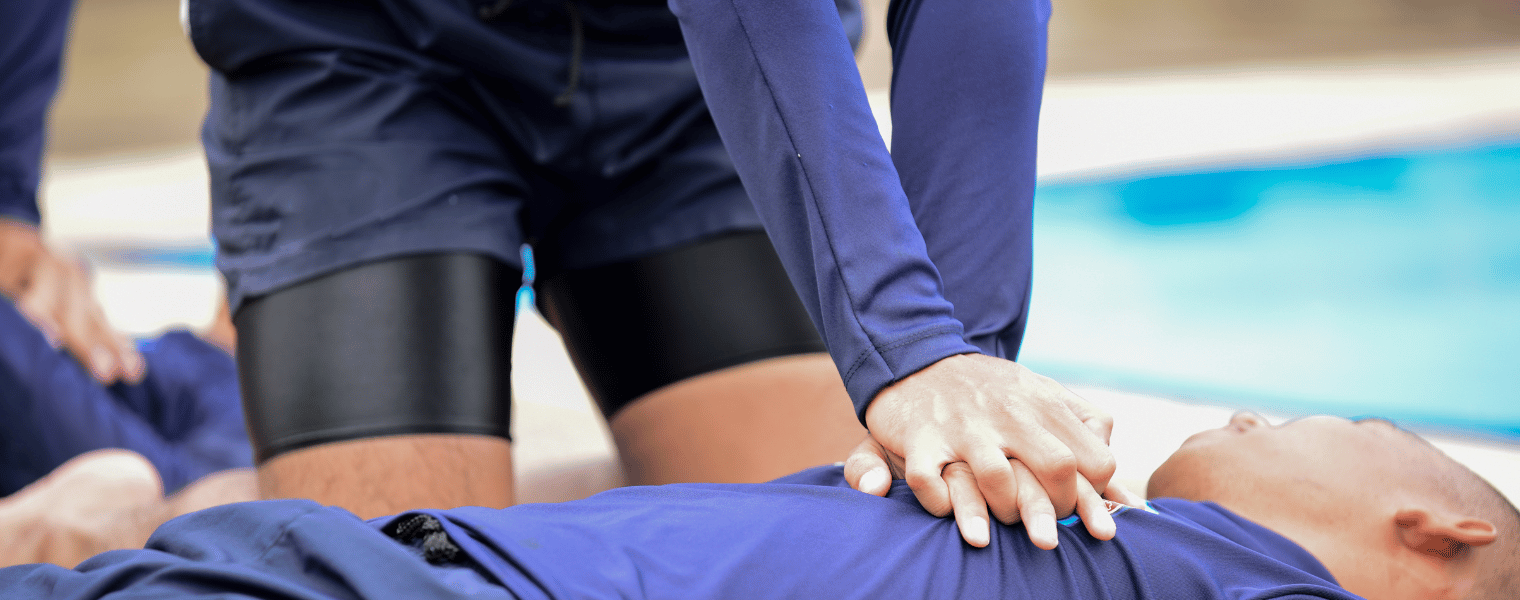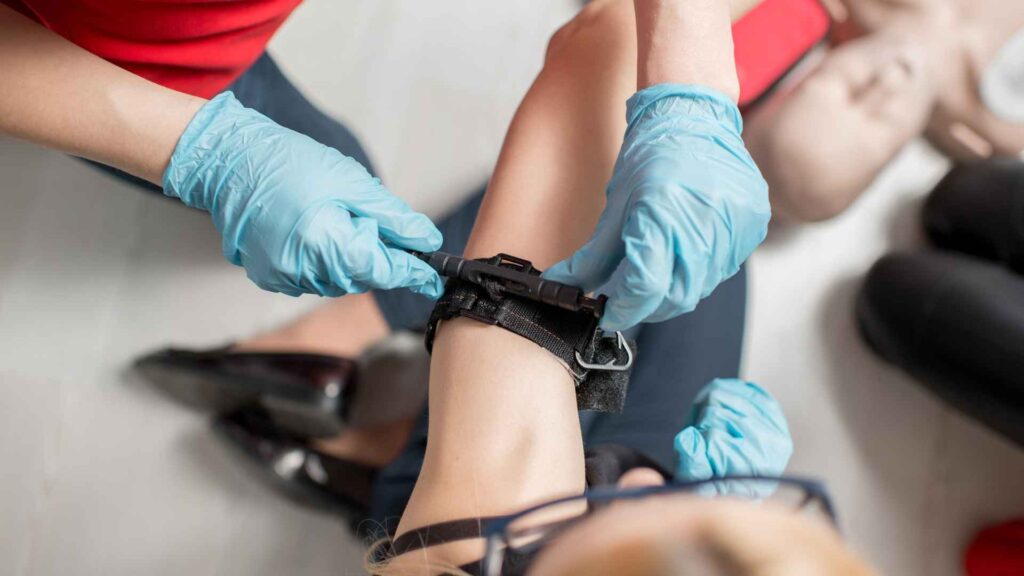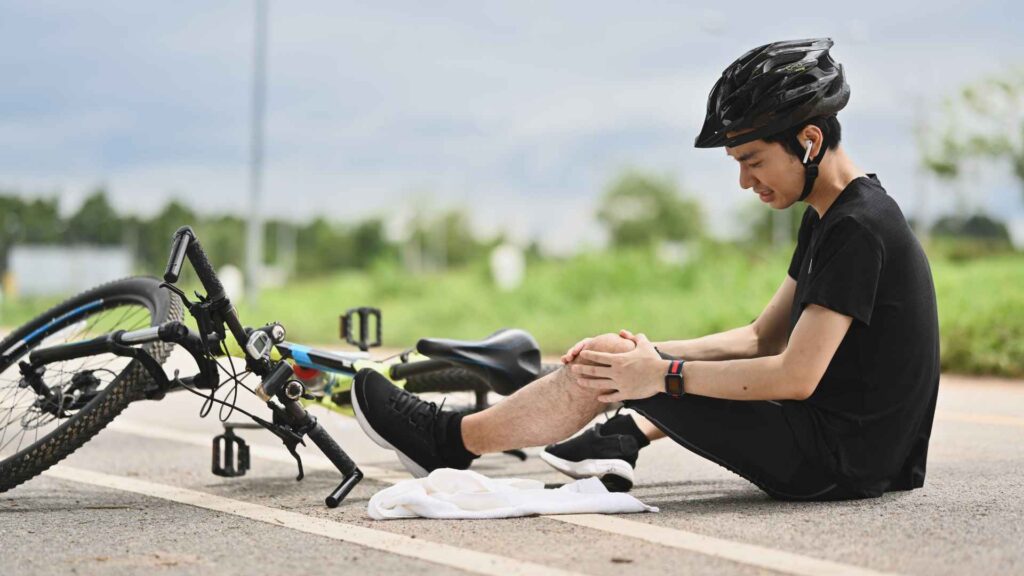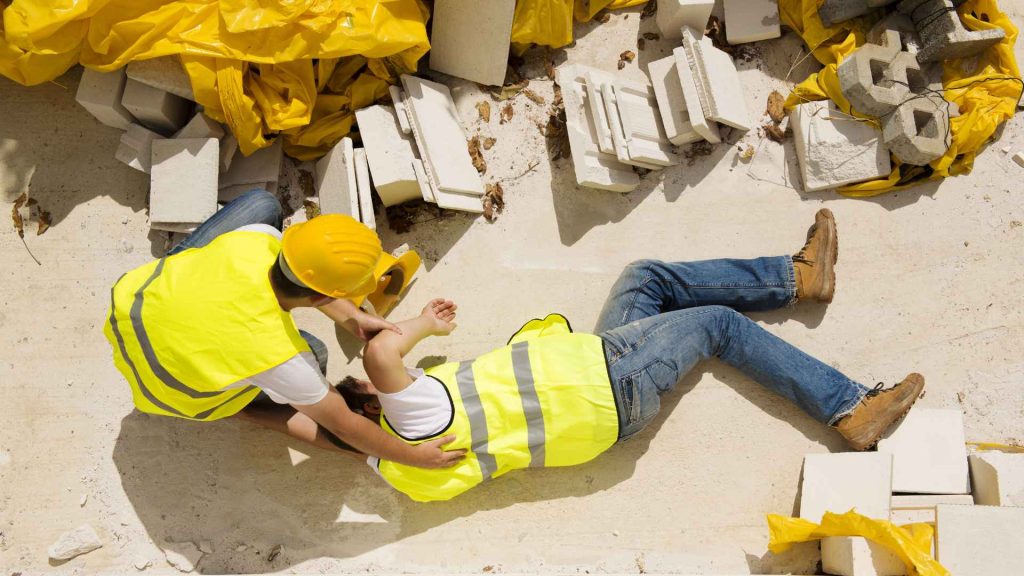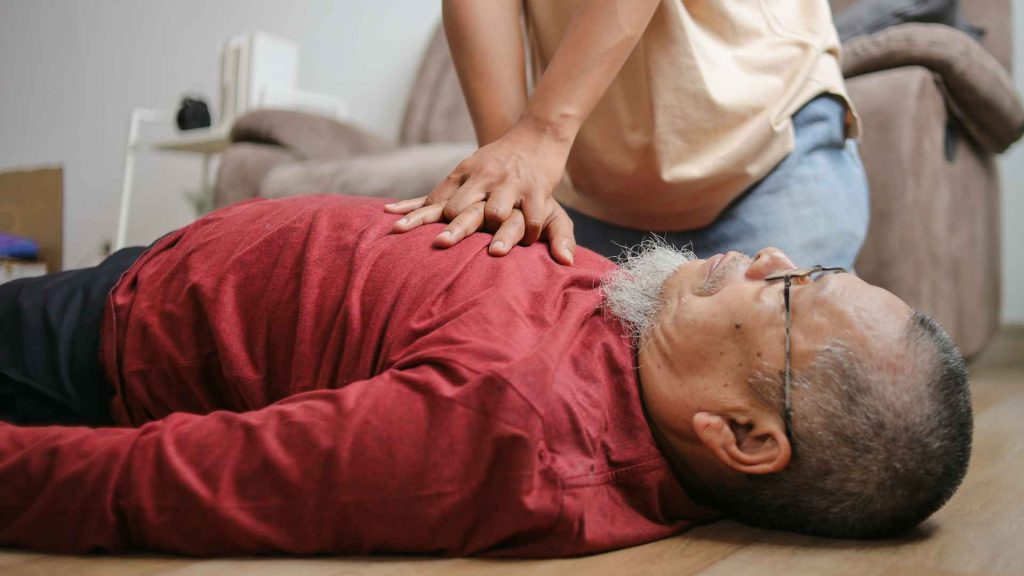First aid is an essential life skill that empowers individuals to take action during emergencies. Teaching first aid in schools not only equips students to manage unexpected situations but also fosters a culture of care, responsibility, and preparedness. This blog explores why first aid education is vital in United States schools and how it benefits students, teachers, and the broader community.
This blog explores why first aid should be taught in US schools and how it empowers students to respond confidently in emergencies. First aid education creates safer, more resilient school communities. Learn how your school can implement effective programs and prepare the next generation of lifesavers.
Why First Aid Education Belongs in American Schools
Emergencies can happen anywhere; at home, in public spaces, and of course, in schools. First aid training gives students the knowledge and confidence to address common emergencies, from minor injuries like cuts and sprains to more serious situations such as cardiac arrest, severe bleeding, asthma attacks, or choking.
In the United States, organizations like Coast2Coast First Aid & Safety emphasize that quick action during emergencies significantly improves outcomes. Giving young people the tools to recognize and respond to crises can help save lives, reduce preventable injuries, and create safer school environments.
Integrating first aid into the school curriculum is more than an educational add-on. It’s a critical investment in student and community safety!

Benefits of Teaching First Aid to Students
First aid education offers numerous long-term benefits, such as:
- Greater confidence and calm under pressure – students learn to stay composed, assess situations, and take thoughtful action
- A culture of care and responsibility – when students understand how to help others, they develop empathy and a stronger sense of community
- Practical life skills – decision-making, problem-solving, communication, and leadership all grow through first aid practice
Teaching first aid in schools helps students become capable, caring individuals, impacting not only their own lives but the safety of the communities they belong to.
Bring Hands-On First Aid Training to Your Class!
Developing Responsibility and Confidence Through First Aid
Knowing how to respond in a crisis empowers students and builds confidence. Whether a student witnesses someone faint in the hallway, sees a sibling choke during dinner, or encounters an injured person in a public place, first aid training helps them act instead of panicking.
This ability to step in and help nurtures responsibility, leadership, and maturity. All of these are qualities that benefit students far beyond the classroom.
Skills that Save Lives and Improve Emergency Outcomes
One of the most impactful reasons to teach first aid in schools is its ability to reduce long-term injury and improve survival outcomes. Students trained in CPR, bleeding control, and wound care can provide immediate assistance until EMS professionals arrive.
Early intervention is critical. In emergencies such as cardiac arrest, severe bleeding, or an allergic reaction, even a few minutes can make the difference between life and death.

How Schools Can Successfully Introduce First Aid Programs
Successfully introducing first aid education requires proper planning and certified instruction. Schools should:
- Partner with certified training providers who follow American Red Cross guidelines, such as Coast2Coast First Aid & Safety
- Choose age-appropriate programs that build skills progressively
- Train both students and staff to ensure a comprehensive school-wide approach
- Integrate first aid into the health curriculum or offer it as an extracurricular or special program
With the right structure, first aid programs can become a seamless and impactful part of US education.
Why Teachers and Staff Should Be First Aid Certified Too
While student training is important, teachers and staff play a critical role in emergency response during school hours. Many US school districts strongly encourage, and in some states require, educators, coaches, and childcare staff to maintain current CPR and first aid certification.

FAQs About First Aid Education in US Schools
Children as young as 5 or 6 can start learning the basics, like how to recognize emergencies, call 911, or help someone who is hurt. As they grow, they can progress to more advanced skills such as CPR, bleeding control, and AED use. Most formal certification programs recommend age 12+ for completing official first aid and CPR courses.
Costs vary depending on:
- Class size
- Course level
- Materials needed
- Location
Many providers offer discounted rates for schools. Coast2Coast First Aid & Safety works with schools to create affordable packages through private first aid training that meet their safety goals.
Preparing the Next Generation with Life-Saving Skills
Teaching first aid in US schools equips students with life-saving skills that extend far beyond the classroom. By empowering young people to act confidently in emergencies, we strengthen families, schools, and communities.
If you’re an educator or administrator looking to bring first aid training to your school, explore the comprehensive programs offered by Coast2Coast First Aid & Safety and take the first step toward building the next generation of lifesavers.
